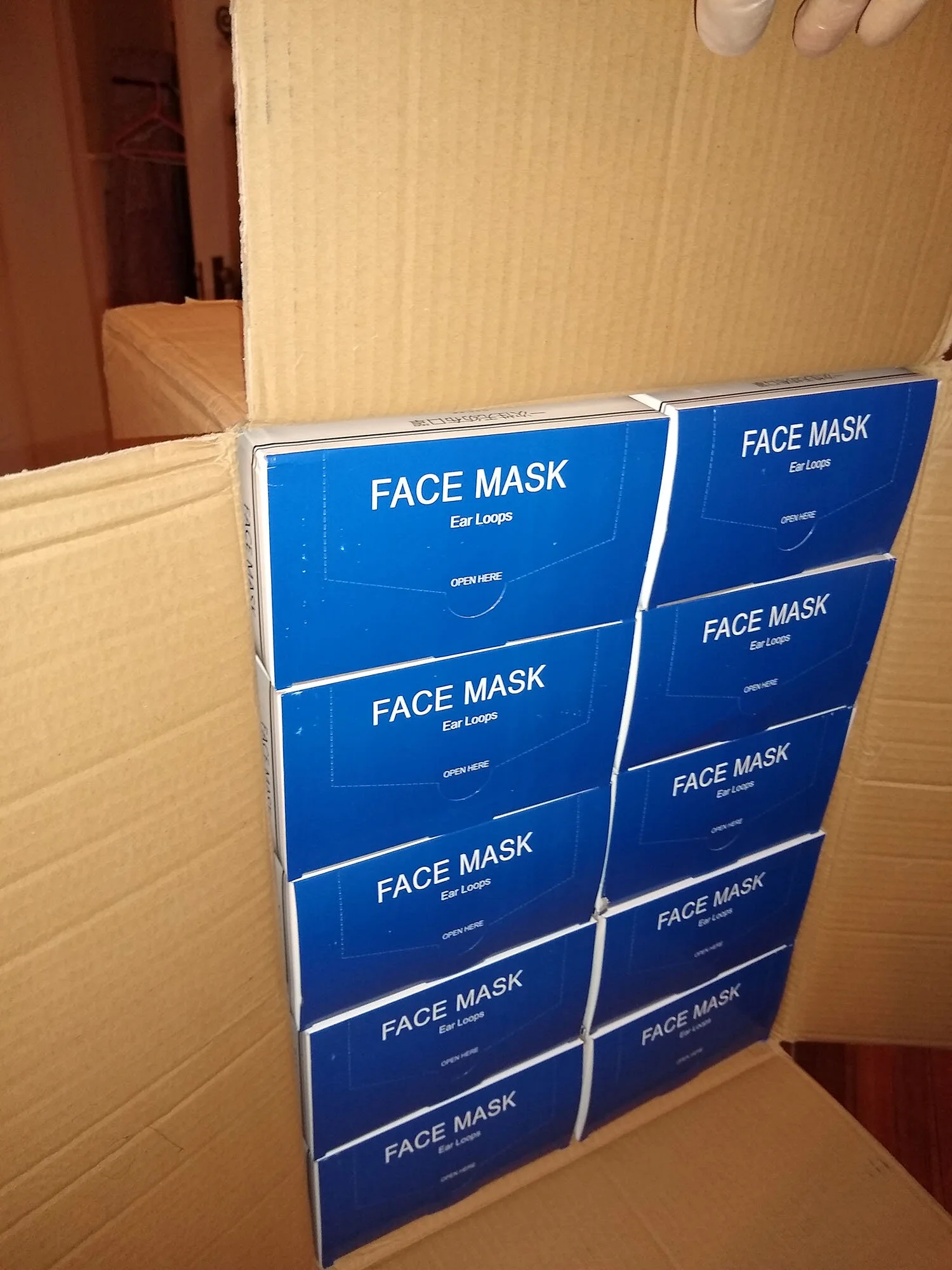BBC Spotlights Swarthmore Treasure
British gardener Monty Don paid a visit to Swarthmore last summer to film for his BBC TV show “Gardeners’ World.”
In the expansive world of gardening, Swarthmore resident Charles Cresson is something of a regional celebrity. His century-old, two-acre garden, Hedgleigh Spring, on Swarthmore’s Amherst Avenue, has been written up in the New York Times and Martha Stewart’s Living. It is widely considered a “plantsman’s paradise” by gardening experts across the Northeast for its 60 kinds of hardy camellias as well as hundreds of species and varieties of plants: azaleas, bearded irises, primroses, and heirloom coral bells. There are rows of fragrant peonies, and a pond garden fed by Little Crum Creek.
Cresson is an esteemed horticulturist who has studied and taught at public gardens in England, as well as at the famed Longwood and Chanticleer gardens closer to home. He is sought out as a writer, designer, and consultant. He didn’t think he needed more feathers in his canvas hat.
That was, until British gardener Monty Don came calling.
Don is a horticulture rock star in the UK. The host of the top-rated television show “Gardeners’ World” on the BBC, he was planning to cross the Atlantic last summer in search of the definitive American garden — and Hedgleigh Spring was on his list.
Cresson got the call last spring from a London producer asking if he would accept a visit from Don for a three-part special to be aired this year on BBC Two, titled “Monty Don’s American Gardens.”
“Would I say no?” mused Cresson. “Of course I said, ‘Yes! That would be great.’” He recalls the producers’ concern that there wouldn’t be enough in bloom when they visited. “I assured them it wouldn’t be a problem,” he said.
The crew showed up in July, amidst a sweltering heat wave. Three producers and Don arrived at Hedgleigh armed with cameras and a cooler of drinks. The ruggedly handsome TV host, who is often filmed with a decorative scarf tossed rakishly around his neck, was bare-necked and sweating through his loosely buttoned cotton shirt.
“They were absolutely wilting,” Cresson said.
Cresson hadn’t been told in advance what Don would ask, but he wasn’t nervous around the gardening celebrity. “I’m pretty comfortable in my own skin,” he said. “I liked Monty, I thought he was very personable. He really is a good gardener, not just a front man.”
Don told Cresson that he especially admired Hedgleigh’s curved white picket fence, which Cresson’s grandfather constructed in 1954. Don called it an iconic element of the American garden.
It turned out that Don had heard about Hedgleigh Spring from the deputy director for horticulture and urban agriculture at Vizcaya Gardens, an Italianate villa in Miami where he had also filmed for his special. That deputy director, Ian Simpkins, had been an intern at Swarthmore College’s Scott Arboretum about 20 years ago and had told Don’s team that if they were visiting Philadelphia-area gardens, they would have to stop at Hedgleigh.
Charles Cresson is the fourth generation of the Cresson family to tend and expand Hedgleigh Spring garden on Amherst Avenue. Photo: Charles Cresson
Typical Suburban Garden?
So Don had come to Swarthmore in search of what he called the archetypal American suburban garden.
Hedgleigh is not, in fact, a typical suburban garden. It exists on a much higher level — as those who labor in their own gardens can attest. In the 40 years that he has been the main steward of Hedgleigh, Cresson has added more than 2,000 species and varieties of plants to the garden, many of which he propagated himself.
Hedgleigh Springs has been in the Cresson family for four generations. Charles Cresson’s great-grandfather Ezra, a naturalist and entomologist, purchased the 20-acre “gentleman’s farm” in 1883. The name Hedgleigh was inspired by the Osage orange hedges that bordered the property at the time.
Ezra’s son William had built the house that Charles lives in now in 1921. William spent much of the rest of his life carving out the open fields, building hundreds of feet of stone walls, and creating a central flower garden inspired by the Arts-and-Crafts, English-flower-garden, and Colonial-Revival movements of a century ago.
Hedgleigh Spring garden features as a three-and-a-half-minute clip, about 45 minutes into the first episode of Monty Don’s three-part special.
Just after the 45-minute mark, a camera pans the houses and front yards of Park and Amherst avenues. Don describes “the carefully mown lawns running to the sidewalk and the houses open and unscreened by planting.”
In the clip, cicadas buzz loudly around the sun-drenched Don, while butterflies flutter among Cresson’s roses and daylilies. Don tells us how Cresson is the third generation of his family to make the garden his life’s work. Then he asks why so many American homes have lawns that roll to the street uninterrupted, which is not typical in Europe. Cresson attributes it to Americans having a different sense of space and wanting to appear open and inclusive to their neighbors. He describes Swarthmore’s various legal restrictions on fences.
A Validation
Though Cresson would have liked Don to film longer, he says the important thing is that his unique space was appreciated.
“The recognition feels like validation,” Cresson said. “I want people to realize [Hedgleigh Spring] is something special.”
Cresson describes Hedgleigh as a “country estate garden of the 20th century in miniature,” noting how rare it is for such a quality garden to survive time and urbanization.
As he explains his hope that Swarthmoreans appreciate Hedgleigh as part of the town’s history, he turns slightly emotional.
“If people don’t value [old estate gardens], they’re gone,” he said. “It’s really not about me. It’s about inspiring people to do better in their own gardens, both environmentally and artistically.”
Surely if a famous British gardener can appreciate that, Swarthmore can too.
Although U.S. viewers cannot access the BBC Two website, you can catch “Monty Don’s American Gardens, Episode 1”.





